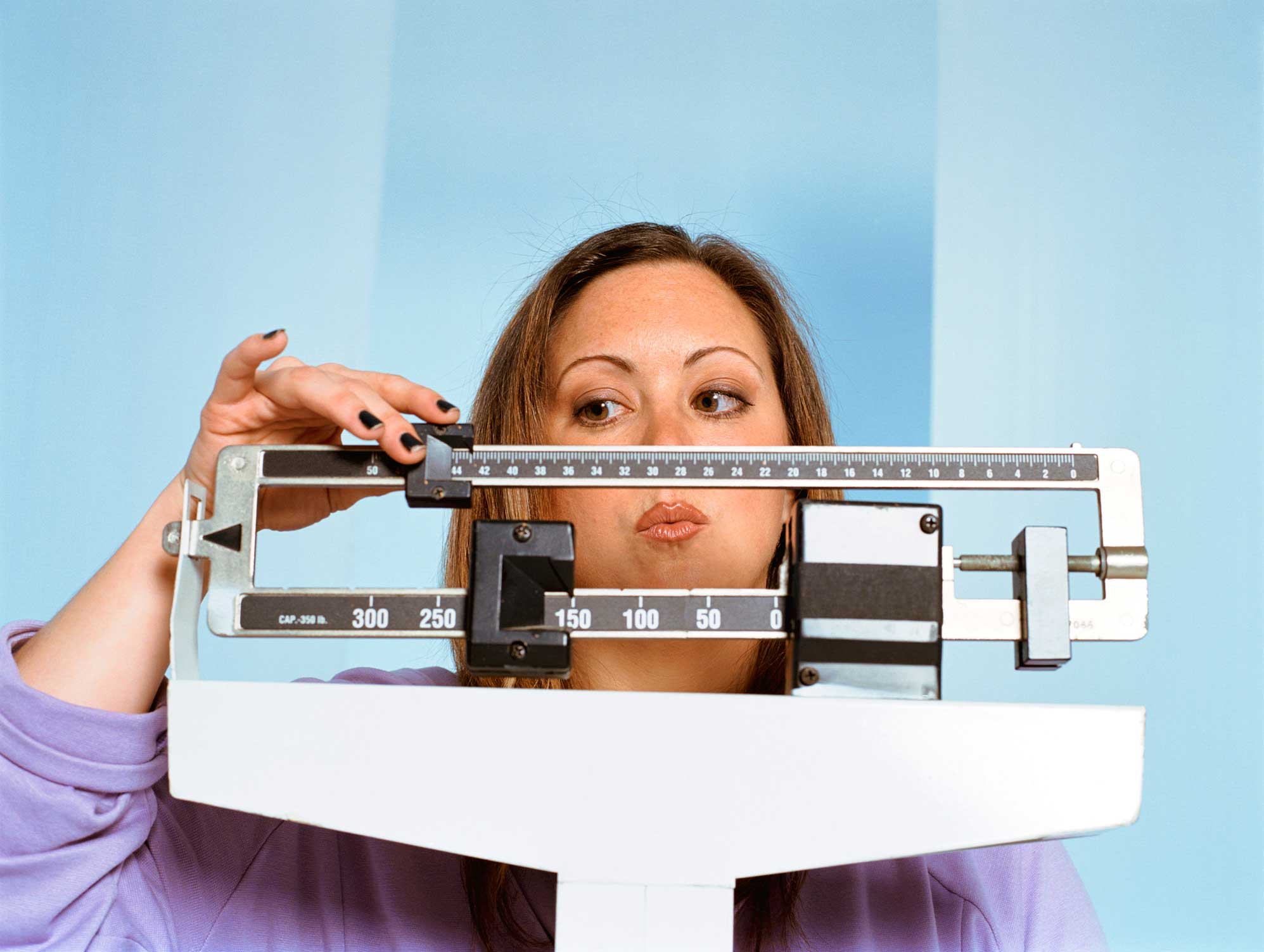
There is one simple rule when it comes to weight loss: To lose weight, you need to burn more calories than you take in. The only real way to burn these calories is through exercise. As a bariatric surgeon, I encourage each patient to exercise. However, to be effective, the exercise you choose needs to be a good quality aerobic exercise.
Aerobic exercise, or “cardio,” is exercise that uses the large muscles of the body, is rhythmic in nature and increases your heart rate and work of breathing. The best example of aerobic exercise is sustained walking. I usually recommend an hour per day, every day, for my patients. Biking (both stationary and outdoor), running, swimming, dancing, hiking and rowing are just a few other examples.
We also need non-cardio exercise. I especially like exercises that increase the core strength of the body. Pilates and yoga build an efficient foundation — that is, they build muscle and help control the movement of the body to prevent injury. Weight lifting and similar exercises can also help to build muscle, but need to be done properly to be successful and avoid serious strains and injury. But these other exercises can not replace the important calorie-burning effects of aerobic exercise.
How To Get Started With Aerobic Exercise
Start slow and short: Gradually increase both the intensity of and duration of exercise. If you start modestly and increase by just one minute per day, you will be walking and exercising for more than an hour in less than two months. One of the biggest mistakes I see people make is starting out too fast or going too long. These first days are important to build a foundation of cardiovascular fitness. The goal is to build up fitness for the rest of your life, not just this week.
If you can have a comfortable conversation while walking, you probably are not exercising with enough intensity. Aerobic exercise should feel like work. You should feel a little warm or even work up a good sweat. You have the other 23 hours of the day to take it easy.
Vary the type of exercise: Any repetitive activity can lead to injury. Doing the same thing every day can lead to boredom and exercise burnout. If at any point it starts to hurt while walking, biking or doing whatever exercise you chose, stop to reassess what you are doing. There is a difference between working hard and feeling pain.
Get outside: Nothing breaks up the boredom and the cycle of a sedentary lifestyle better than getting outdoors. It takes you away from all of your daily distractions. By dressing for outdoor exercise and preparing yourself to get out, you are placing yourself in the right mindset and will likely exercise longer. Make sure to have the proper clothing. Chafing, blisters, and clothing that’s just not right for the weather can quickly discourage even the most seasoned athletes. Many early injuries can be prevented by having properly fitting athletic shoes. An injury early on can easily derail your chances of achieving your goals.
Marinate in your endorphins. Exercise produces endorphins — hormones that make us feel good and reduce pain. These endorphins continue to circulate in the body long after the exercise is finished. Enjoy that good feeling. One of my favorite trainers, Robin Arzon, has said on several occasions that “finish lines are not crossed, they are earned!”
Track your work and hold yourself accountable: Use a fitness tracker. Because they are relatively inexpensive, they are one of the best investments you can make for weight loss and improving health. Fitbit is widely popular, stylish and truly an indispensable tool when it comes to weight loss. Today, most smartphones have a built-in, sophisticated fitness tracker, but these only work if you take your phone with you whenever you walk or exercise. Most people seriously underestimate the amount of exercise they do. By tracking your progress, you keep yourself honest.
Watch out for unintended weight gain: Just because you are exercising does not give a free pass to eat whatever you want. An hour of aerobic exercise each day will provide cardiovascular fitness. However, without a healthy diet, exercise alone is usually not enough to produce significant weight loss. Finish your workouts with plenty of hydration and a healthy snack if needed — for example, look for high-protein foods and whole-grain carbohydrates.
Stay fit, keep moving and be well!
Dr. Darren S. Tishler is director of Metabolic and Bariatric Surgery at Hartford HealthCare.

